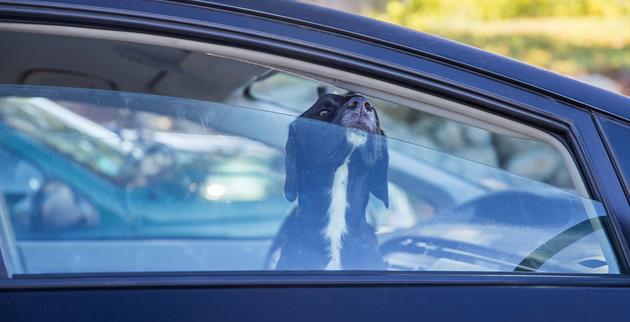100 Deadliest Days: Hot Cars Can Kill


In just 10 minutes, a car can heat up by over 20 degrees; a deadly increase, even in cooler weather.
We all know the dangers our teens face when they take to the road and the delicate balance between giving our kids the freedom to make their own choices and enforcing rules to keep them safe while they are driving, but even in a parked vehicle, passengers face potential dangers.
Feelin’ The Heat
In just 10 minutes, a car can heat up by over 20 degrees; a deadly increase, even in cooler weather. When sunlight penetrates glass windows and heat gets trapped, this causes extreme temperatures inside the vehicle. Experts call it the “greenhouse effect.”
According to the Centers for Disease Control and Prevention, a pleasant, 70 degrees Fahrenheit outside can result in the interior of a vehicle reaching over 115 degrees in less than an hour. So, the next time you want to run in to the grocery store to pick up some last minute items for your summer barbecue, don’t wonder if it’s as unsafe as experts say it is – Know the facts!
The most at-risk passengers are children, the elderly and animals as they are unable to regulate the heat in their bodies like healthy adults can. Heatstroke can occur when the human body warms up to 104 degrees, so with just a few degrees higher, the body can start to shut down and organs begin to fail.
For animals, heatstroke can occur between 99-103 degrees.
While heatstroke can kill anyone, more than 70% of heatstroke deaths occur in children younger than 2 years old.
In most cases, the child is accidentally left inside the vehicle or the child climbed into the car themselves, then got stuck or locked in. Laws aimed at protecting children and pets left in cars vary across the country. Enforcement of those laws can differ, too!
Reduce the number of deaths from heatstroke by remembering to ACT.
- Avoid heatstroke-related injury and death by never leaving your children alone in a car, not even for a minute. And make sure to keep your car locked when you’re not inside so kids don’t get in on their own.
- Create reminders. Keep a stuffed animal or other memento in your child’s car seat when it’s empty, and move it to the front seat as a visual reminder when your child is in the back seat. Or place and secure your phone, briefcase, or purse in the backseat when traveling with your child.
- Take action. If you see a child alone in a car, call 911. Emergency personnel want you to call. They are trained to respond to these situations
Leaving children unattended in a car for even a minute can be painful for them and can lead to an unintended outcome. Vehicles heat up quickly and can become ovens that will even bake food. A car-oven is no place for a child or pet, as the heat can lead to heatstroke and death in less than an hour.
So even though it is tempting to leave that baby or toddler in the car to finish out a nap, resist the thought. And if you see a child stuck in a car alone, especially on a summer day, advocate for them. Find out where they belong – and if you can’t locate a parent or guardian quickly, call 911.
This information is intended for educational purposes only and is not legal advice and/or an authoritative guide